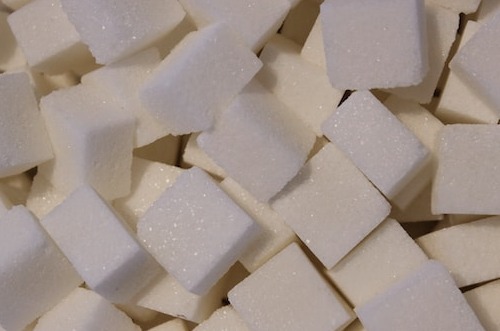
In W28 in the sugar landscape, on Monday, July 10, sugar futures on the New York Stock Exchange (NYSE) for the Oct-23 contract started the week with a 0.4% decrease to 23.44 cents/lb due to strong sugar production numbers from south-central Brazil as well as a very high sugar mix in production. Despite the drop, sugar prices are still relatively high, leading producers in Brazil to prioritize using cane for sugar production over bioethanol production. Sugar futures rebounded throughout the week, closing on Tuesday at 23.53 cents/lb with a 0.38% increase, supported by the data released by the Union of the Sugarcane and Bioenergy Industry (Unica), which reported Brazilian sugar production reaching 2.69 million metric tons (mmt) in the second half of June, showing a YoY increase of 7.57%. On Wednesday, July 12, the Oct-23 raw sugar contract closed up 1.6%, to 23.91 cents/lb, after hitting the highest since June 26 during the session at 24.00 cents/lb. On Thursday, July 13, prices rose by 0.42% to 24.01 cents/lb, and on Friday, there was a 1.29% increase to 24.32 cents/lb. The market was supported by lower-than-expected production in Brazil and concerns about El Niño potentially impacting Thai and Indian sugar crops.
During the second half of June in the 2023/24 harvest, sugarcane crushing in Brazil's Center-South region reached 43 mmt, representing a 2.19% YoY increase. Minas Gerais also experienced significant growth in sugarcane production, reaching 27.5 mmt. Additionally, Brazil exported 727.71 thousand mt of sugar and molasses in July (within 5 working days), generating USD 73.72 million in revenue. Sugarcane growers in India's main producing states are concerned that a lack of rainfall during the crucial period of crop growth could reduce yields and lower sugar output for the next season. Maharashtra and Karnataka, significant sugarcane-growing regions, have experienced rainfall deficits of up to 71% and 55%, respectively. As a result, sugar production in India for the current year is expected to decrease by more than 8% to 32.8 mmt compared to last year's output. Meanwhile, in Vietnam, the domestic sugar production for the 2022/23 crop year is estimated at only 871 thousand metric tons (mt), while demand is increasing at a rate of 2.3 - 2.4 mmt/year.
The scarcity of sugar in the Vietnamese market has led to a continuous price increase, with rates ranging from USD 0.84-0.92/kg, depending on the type. Meanwhile, in Indonesia, the US Department of Agriculture (USDA) predicts that Indonesia's sugar imports for the 2022/2023 season will increase to 5.8 mmt compared to 5.46 mmt in the 2021/22 season, making Indonesia the top global sugar importer, followed by China which imports 4.4 mmt in the 2022/2023 period. The USDA also forecasts a rise in US sugar imports to 3.42 mmt in the 2023/24 period, up from the previous estimate of 3.35 mmt, following an increase in the lowest tariff import quota (TRQ), announced in W27. In Ukraine, the Cabinet of Ministers imposed a quota of 20 thousand mt for sugar exports to Romania until September 15 after initially banning granulated sugar exports from June 5 to September 15. Lastly, in Kenya, sugar mills may face closures for the next three months due to a persisting shortage of cane.





